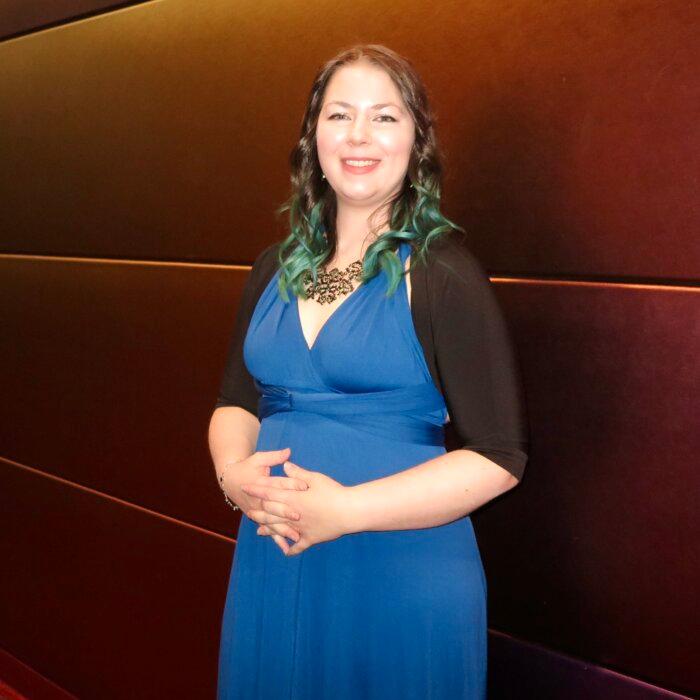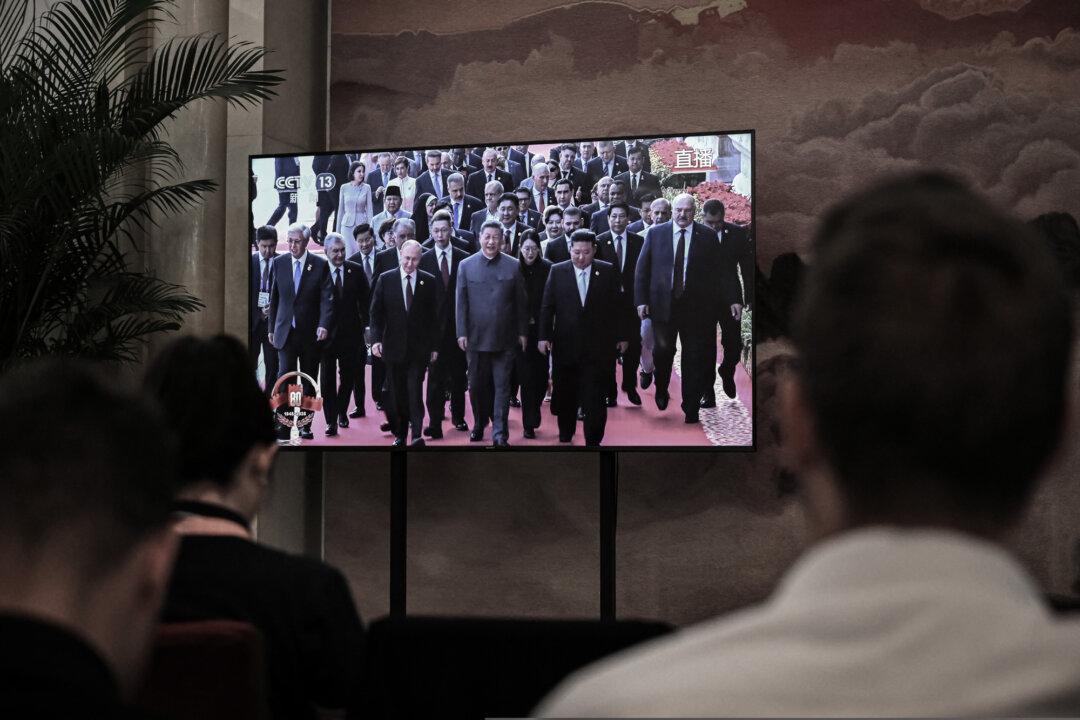Since its founding in 2007 by NTD, the sister media outlet of The Epoch Times, the event has become one of the world’s most prominent competition for classical Chinese dance, spotlighting an art form rooted in 5,000 years of traditional Chinese culture.
Judging Beyond Techniques
One of this year’s judges, Angelia Wang, a principal dancer and instructor with Shen Yun Performing Arts, told The Epoch Times that contestants will be evaluated on three core elements of classical Chinese dance: bearing, form, and technical skills.Bearing is often described as the soul of classical Chinese dance. This refers to the dancer’s ability to convey the inner spirit and cultural essence of Chinese civilization.
Form involves body positioning and pathways of movement, such as circular motions of the torso and limbs. Dancers often perform spins, turns, and graceful shifts of weight that create flowing, continuous movement.
Technical skills are the acrobatic elements unique to classical Chinese dance, such as backflips, diving flips, floor kicks, and various kinds of high jumps that are rarely found in Western ballet or modern dance.
Although techniques are fundamental, Wang stressed the inner meaning of Chinese dance that contestants cannot ignore. “Classical Chinese dance emphasizes the unity of inner and outer expression, pursuing not only technical skills but also the cultivation of virtue alongside artistry,” she said.

Dance as Storytelling
Contestants must perform a dance routine of technical combinations, for about two minutes, and a mini-drama or character piece, for about three minutes.Wang said that the choreography is not simply about arranging movements. For example, portraying a young girl’s joy in springtime requires coordinating the right music, costumes, gestures, and facial expressions.
Rediscovering Ancient Techniques
One highlight of the competition is showcasing the advanced technique of “the body leads the arms, the hip lead the legs.” This technique, revived by Shen Yun’s artistic director, D.F., had largely been lost in China. Yet, it allows dancers to generate powerful, sweeping movements from their bodies, magnifying emotion and presence on stage.“When dancers expand the range of their movements, it helps convey the meaning behind the dance more clearly,” Wang said.
“For example, they might express emotions such as joy, anger, sorrow, or happiness, or embody traditional virtues cherished in ancient China such as gentleness, kindness, courtesy, restraint, and modesty, or the other set of values of benevolence, righteousness, propriety, wisdom, and faithfulness.”

More Than Dance
For Wang, classical Chinese dance is more than an art form. It’s also a vessel for transmitting traditional values. Female roles often display qualities such as gentleness, modesty, and inner strength. Male roles, by contrast, often portray qualities like loyalty, righteousness, and courage.Even in portraying a tragedy, Wang noted, Chinese dance avoids extremes. Unlike Western dance and drama styles that might encourage explosive emotion, Chinese dance characters often expresses sadness with restraint.
“Although the methods of expression are different, the ultimate goal is the same—to present the harmonious beauty in art,” she said.
Wang also drew a comparison with painting. In her view, Western art tends to be realistic, while Chinese art is less concrete and more implicit. Dance follows the same principle.
Virtue and Art Hand in Hand
Wang cautioned against focusing only on technical skills without cultivating one’s own virtues. She believes that achieving true artistry requires an artist’s technical skills as well as inner refinement.“As the old [Chinese] saying goes, ‘Great virtue carries all things.’ Someone with talent but no virtue will probably struggle in life and on stage,” she said.
She advises contestants to approach the competition with a light heart and sincerity.
“Don’t focus too much on the result” of the performance, Wang said. “Treat it as part of your training—if you grow from the experience, you’ve already won.”









